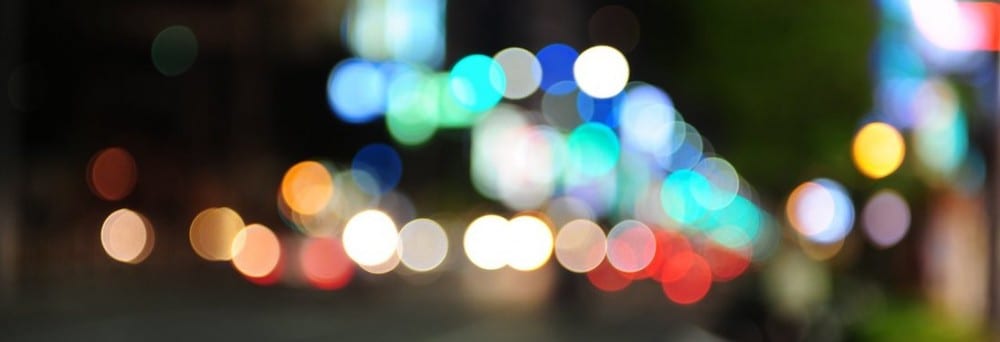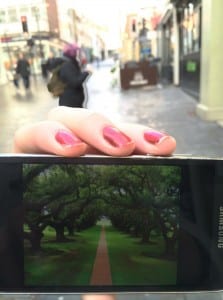The ever-changing freedom of water is what first drew us to our performance idea. As well as the almost magnet pull for humans to be near it as we need it to survive.
During a brief trip home I visited the local canal that flows around my village to compare the water to that of the Brayford. Though visually there is little difference than perhaps a slight tint of a change in the colour, the atmosphere of these two aquatic based spaces are drastically different. The business of the commercial hub that is the Brayford contrasts strongly with the peaceful nature of the canal. As an experiment I recorded audio from each location. Although both audio tracks share the quality that neither location is ever completely silent, the Brayford audio track is main.y man made whereas the sounds from the canal were all coming from nature.
Although the audio tracks are drastically different, there must have been a point in history before human interjection that both locations sounded the same. The interconnectivity of water is fascinating as all water ways are linked either through natural creations such as small streams or rivers or even man-made creations such as plumbing. This need from humans to be near water stems from primitive instincts to survive yet I wonder if the desire to live close to large areas of it and not just access it through our taps is more psychological need than physical.
Our idea of an audio experience along the Brayford Waterfront hopes to explore this idea and allow audience members to think about their own relationship with water whether they have only been to the seaside once with their family or they are a boat enthusiast who frequently explores the waterways.
Using Port of Calls as an example of waterside audio tours we will be able to develop the appropriate style for our audio tour.
University of East London(2008) Ports of Call: Walks of Art at the Royal Docks. [online] London: University of East London. Available From http://www.portsofcall.org.uk/legal.html [Accessed 1st March 2015]




